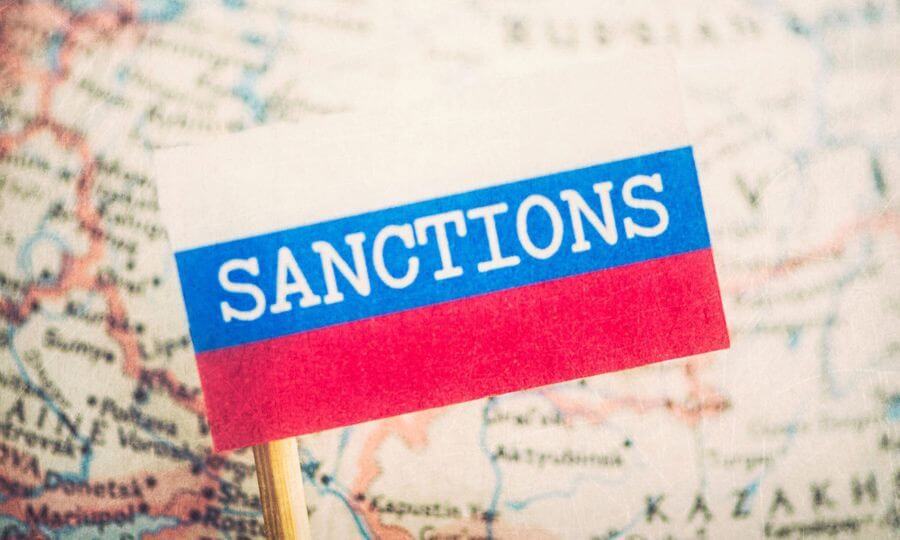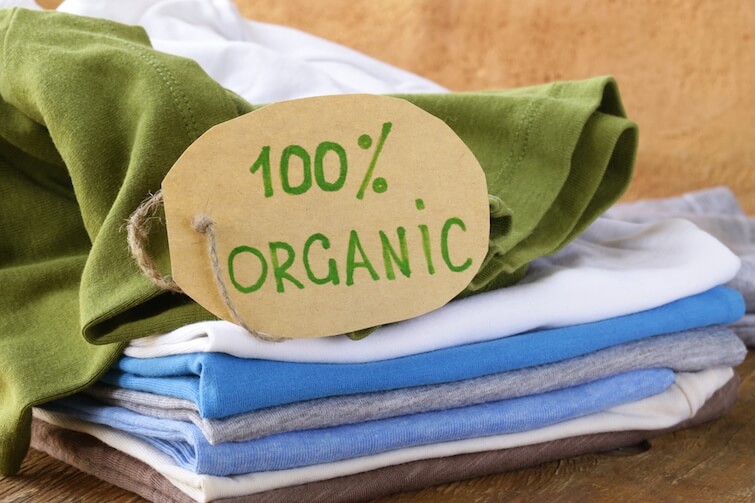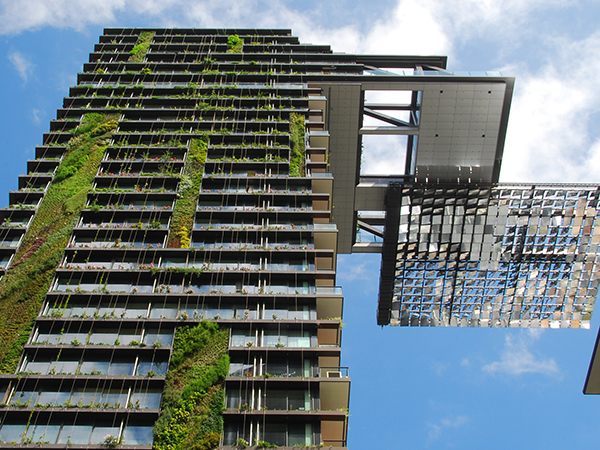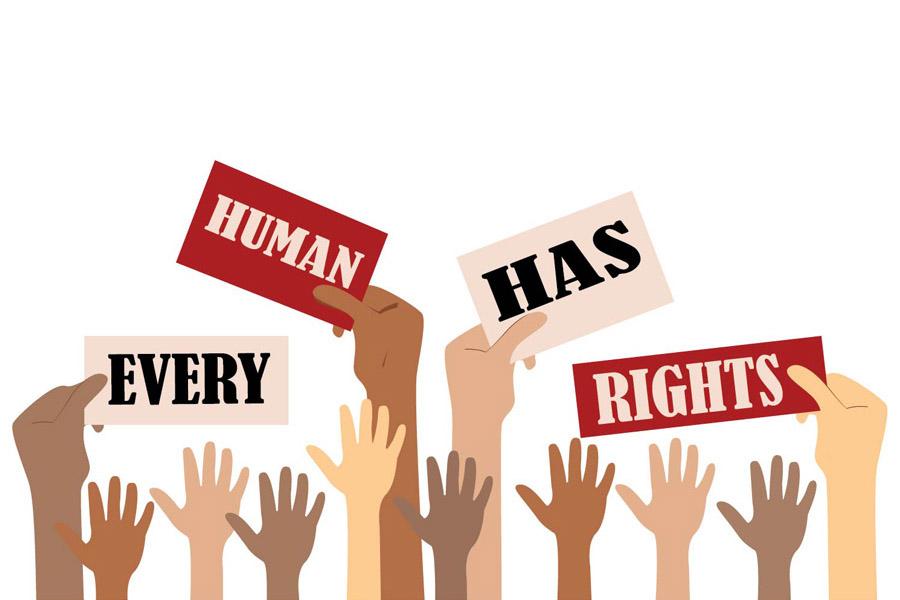The importance of sustainable fashion has grown within the fashion industry worldwide. There is a growing demand for sustainable fashion practices due to the fashion industry’s status as the world’s second-largest polluter and the public’s growing awareness of the harm that fashion does to society and the environment. Sustainable fashion techniques have been vigorously promoted by the tiny but economically powerful city-state of Singapore. The government has been acting to lessen the fashion industry’s detrimental effect on the environment and to encourage social responsibility since it understands the significance of sustainable fashion.
A sustainable fashion movement has been taking root in Singapore, with the government, companies, and shoppers’ support. Sustainable fashion initiatives have received financial backing from the government, sustainable practices have been implemented by enterprises, and the demand for sustainable fashion products has been on the rise among consumers. The environment and society have been positively affected by these acts.
Sustainable fashion practices in Singapore will be examined in this case study, along with their difficulties, solutions, opportunities, and outcomes. It will describe the initiatives taken by different groups to encourage eco-friendly clothing manufacturing, the results of these initiatives, and the chances for business owners in this sector.
Difficulties: Despite being one of the wealthiest nations in Southeast Asia, the tiny island nation of Singapore is extremely urbanized. Sustainable fashion approaches have been increasingly popular in Singapore’s fast-expanding fashion industry. Stakeholders in Singapore are confronting distinct obstacles in their efforts to promote sustainable fashion practices, but the sector as a whole is not devoid of obstacles. The top ten obstacles to sustainable fashion in Singapore are highlighted here.
High Cost of Sustainable Fashion:
One of the main obstacles to sustainable fashion in Singapore is the expensive cost of environmentally friendly materials and sustainable production methods. Sustainable fashion is becoming more and more of a premium commodity, but the high production costs are keeping many small firms and entrepreneurs from capitalizing on this trend.
It is more expensive to import environmentally friendly materials from other countries because Singapore has a restricted local supply chain for sustainable fashion products and supplies. Businesses have a hard time sourcing sustainable materials and making sustainable fashion items due to a lack of local suppliers and manufacturers.

Low Awareness and Demand:
Sustainability in clothing is not as well known or demanded in Singapore as it is in other wealthy nations. Businesses have a hard time justifying the investment in sustainable production processes due to low consumer demand for sustainable fashion products caused by a lack of education and awareness about sustainable fashion practices.
Another major obstacle to sustainable fashion in Singapore is consumer behavior. The majority of shoppers still don’t put sustainability first since they’re used to rapid fashion. Sustainable fashion is becoming more popular, but its popularity isn’t keeping pace with the industry’s meteoric rise.

Limited Recycling Infrastructure:
Finding eco-friendly clothing might be challenging for Singaporean shoppers due to the small number of sustainable fashion businesses available. Sustainable fashion labels have grown in number in recent years, yet they only account for a tiny percentage of Singapore’s fashion industry.

Lack of Government Support:
An additional obstacle to eco-friendly clothing is Singapore’s inadequate recycling infrastructure. Singaporeans incinerate or dump most of their used textiles, which is bad for the environment. Businesses also face challenges when trying to implement sustainable waste management practices due to the absence of a well-developed recycling infrastructure.
Even though the Singaporean government has tried to encourage sustainability in several sectors, including the fashion industry, sustainable fashion is still not well-supported by the government. Supporting sustainable fashion entrepreneurs and promoting sustainable fashion practices could be facilitated by the government through the provision of incentives and resources.

Limited Access to Sustainable Financing:
Sustainable fashion entrepreneurs in Singapore have several challenges, one of which is a lack of sustainable financing options. The absence of proven success stories and the general air of uncertainty around sustainable fashion continue to make many investors wary of the industry.
Singapore has a serious problem with the current state of sustainable fashion education. Sustainable fashion methods should be more heavily emphasized in classrooms and training programs for both students and working professionals.

Limited Sustainable Fashion Education:
Another obstacle to sustainable fashion in Singapore is a lack of attention to ethical issues in the supply chain of the fashion industry. It is challenging for firms to guarantee ethical production methods due to the supply chain’s lack of transparency and the prevalence of labor abuses.

Key statistics:
The Singapore Environment Council reports that annually, the country produces approximately 168,000 tons of garbage from textiles and leather products.
The majority of Singapore’s textile waste is either burned or thrown away in landfills, with only a small percentage being recycled.
The value of garments and garment accessories imported to Singapore in 2019 was over SGD 12.8 billion.
Only 25% of Singaporean consumers are prepared to spend more for environmentally friendly products, according to a Nielsen survey.
Forecasts indicate that between 2020 and 2025, Singapore’s fashion industry will expand at a CAGR of 4.1%.

Country-Sanctioned Solutions:
Sustainable fashion methods have been greatly advanced by the tiny island city-state of Singapore in Southeast Asia. Several groups in the country have been working to spread the word about sustainable fashion methods, and the government has taken note of the relevance of this trend. Sustainable fashion companies are proliferating in Singapore, fueling the expansion of the sustainable fashion industry. Sustainable fashion techniques are predicted to be adopted by more businesses and consumers, driving the sustainable fashion industry in Singapore to flourish, with a 2019 valuation of $5.5 billion.

Policies for Sustainable Purchasing:
The government agencies in Singapore are now obligated to think about the environmental effects of the clothes and textiles they buy according to green procurement laws. By promoting sustainable fashion firms in the area and encouraging government agencies to buy their items, this program helps keep the environment clean.

Event for Eco-Friendly Clothing:
Singapore hosts Sustainable Fashion Week once a year to highlight sustainable fashion practices and give sustainable fashion companies a chance to engage with customers. Sustainable fashion shows, exhibits, and workshops will be featured during the event, which aims to promote sustainable fashion practices.

Environmentally safe products:
Organic cotton, recycled polyester, and bamboo are just a few of the eco-friendly materials that Singaporean sustainable fashion enterprises are embracing. More and more people are opting for these materials because they are less harmful to the environment than conventional ones.
Reducing the amount of textile waste that ends up in landfills is the goal of Singapore’s textile waste recycling and upcycling programs. The best way for businesses and individuals to help the environment is to donate or recycle their old clothes and textiles.

Eco-Friendly Architecture:
Singaporean sustainable fashion brands are putting more effort into sustainable design, making eco-friendly garments that will last a lifetime. Waste is reduced and ethical working conditions are promoted in the fashion industry using this strategy.

Human Rights in the Workplace:
Ethical working conditions in the fashion industry have been promoted by initiatives launched by the Singaporean government and private sector. Workers in the fashion sector should be guaranteed safe working conditions and fair wages.

Modest Clothing:
Fast fashion is losing ground in Singapore to the slow fashion trend, which prioritizes durable, well-made garments. This method lessens trash while promoting eco-friendly clothing habits.

Mindful Purchasing:
More and more, Singaporean shoppers are thinking about how their clothing choices affect the environment, and as a result, they are choosing more sustainable and eco-friendly products.

An Eco-Friendly System:
Singapore is embracing the circular economy concept, which emphasizes product design with a closed-loop system to decrease waste and increase sustainability.

Partnering with:
The Singaporean government, non-governmental organizations (NGOs), and sustainable fashion companies are banding together to build a more environmentally friendly fashion industry and spread awareness about sustainable fashion practices.
Conclusion: The fashion industry’s efforts to promote social responsibility and lessen the industry’s detrimental influence on the environment are exemplified by sustainable fashion. When it comes to encouraging eco-friendly clothing methods, Singapore has been a trailblazer. A lack of consumer knowledge, prohibitive costs, and a dearth of sustainable resources are some of the obstacles the nation must overcome. Nonetheless, there have been initiatives to encourage sustainable fashion practices in the nation from the government, businesses, and consumers alike.




